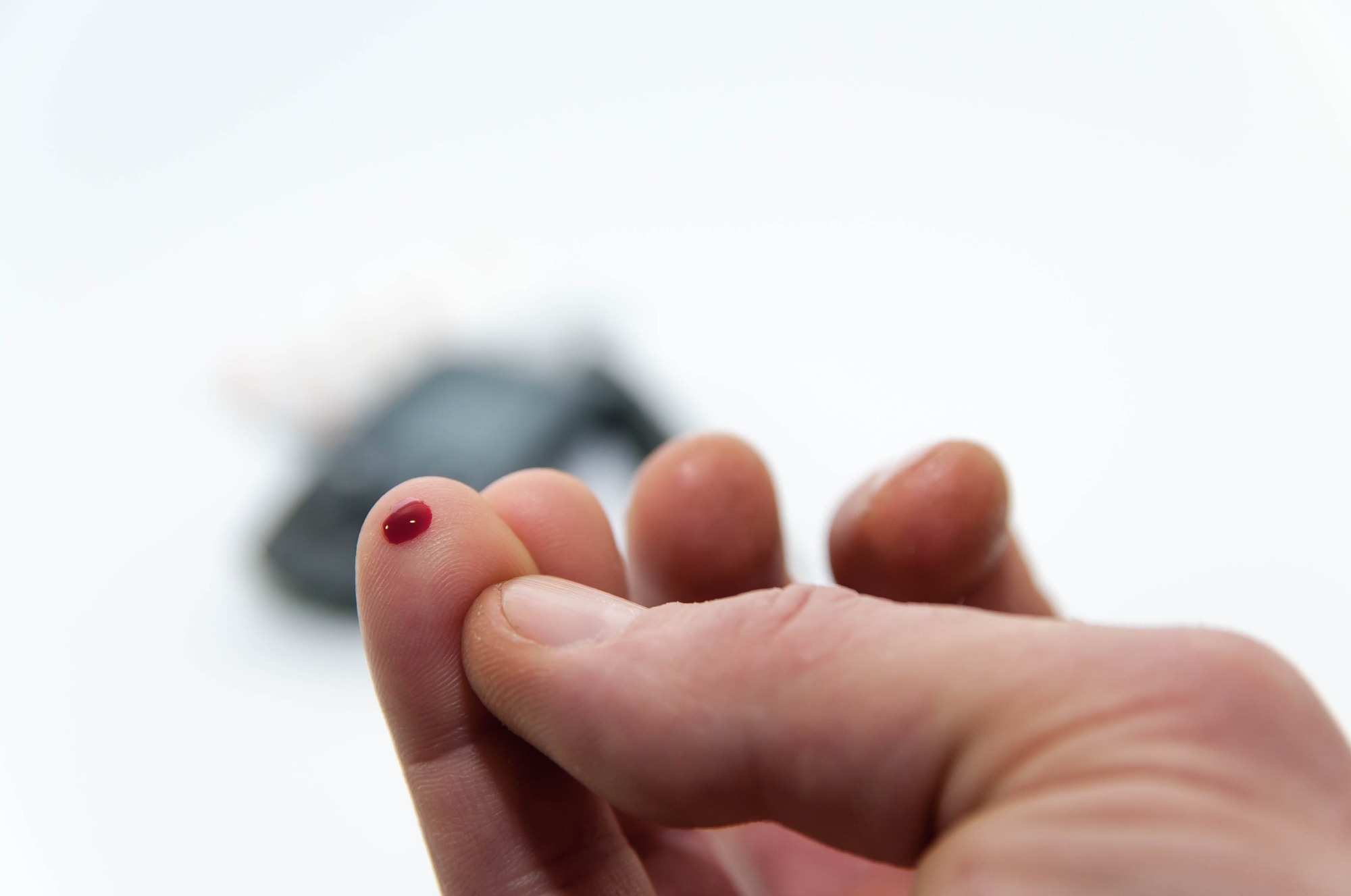In a recent study published in iScience, researchers evaluated the associations between low meal frequency (LMF) and Alzheimer’s disease (AD).
Background
Accumulating evidence suggests an association between food intake and the risk of AD and associated cognitive decline. Some reports indicate that dietary restriction, intermittent fasting, or caloric restriction may protect against age-associated neurodegeneration or AD. Several studies with animal models have demonstrated that LMF enhances resistance to excitotoxic injury and decreases memory/learning deficits.
Moreover, LMF has the potential to increase a hunger-related hormone, ghrelin. It has been reported that increased ghrelin has protective effects against AD and beta-amyloid (Aβ) pathology, raising speculations that a relatively long inter-meal interval or LMF may reduce AD risk via changes in ghrelin levels. However, there is limited information on the associations between meal frequency and AD in humans.
The study and findings
The present study tested whether LMF (< three meals/day) is associated with lower AD pathology in vivo. The researchers enrolled 411 adults aged 56-90 years. The study cohort comprised both cognitively normal (NC) individuals and those with mild cognitive impairment (MCI). CN individuals had a clinical dementia rating (CDR) of zero without dementia or MCI diagnosis. MCI subjects had a CDR of 0.5.
Subjects were excluded if they were illiterate, pregnant, lactating, or using investigational drugs, or had 1) major psychiatric illness, 2) contraindications for a magnetic resonance imaging (MRI) scan, 4) comorbidities that could significantly affect mental functioning, and 5) visual/hearing or behavioral problems that could cause difficulties in clinical examination.
Participants were interviewed to evaluate their dietary patterns using the items for dietary and food patterns for mini-dietary (MDA) and -assessment (MNA) tools. Respondents were categorized into – high-meal frequency (HMF) and LMF groups. Participants were categorized into the HMF group if their response was ‘always’ to the specific item asking if they regularly had three meals a day, or LMF if their response was ‘not always.’
All subjects underwent simultaneous 3D Pittsburg compound B (PiB)-positron emission tomography (PET) and T1-weighted MRI scans. A subset of participants underwent AV-1451 PET scans at an average of 2.6 years after baseline. Fluorodeoxyglucose (FDG) PET scans and MRI imaging with fluid-attenuated inversion recovery were performed on all participants. Serum ghrelin levels were measured after an overnight fast using enzyme-linked immunosorbent assays.
The researchers evaluated all subjects for potential confounders, including lifetime cognitive activity (LCA), lifetime physical activity (LPA), annual income, occupational complexity, apolipoprotein E4 (APOE4) positivity, body mass index, vascular risk, depression, glucose, iron, cholesterol, smoking, alcohol use, fluid intake, folate, zinc, vitamin B12, and ferritin.
Physical activity was assessed using the lifetime total physical activity questionnaire. The cognitive activity was measured using 39-item structured questionnaires. The Geriatric depression scale (GDS) was used to assess depression severity. Linear or multiple logistic regression analyses examined the associations between neuroimaging variables and meal frequency groups.
Three models, controlling for covariates, were tested. Regression analyses were repeated to evaluate associations between serum ghrelin and meal frequency and those between serum ghrelin and neuroimaging variables.
Based on assessment responses, 272 participants had HMF, and 139 had LMF; none were malnourished. The authors observed an association of LMF with lower global Aβ retention and positivity rates. The relationship between LPA and meal frequency was significant, implying that LPA moderates the interaction between global Aβ retention/positivity and meal frequency.
The interactions of meal frequency with the variables – sex, age, APOE4, BMI, depression, clinical diagnosis, and inter-meal snack intake, were insignificant. Subgroup analyses indicated a significant association between LMF and lower global Aβ retention/positivity only in the low LPA subgroup. Individuals in the LMF group had elevated serum ghrelin levels compared to those in the HMF group. There was a significant inverse relationship between serum ghrelin and brain Aβ deposition.
Conclusions
The authors noted that LMF was significantly associated with reduced Aβ deposition in individuals without dementia, whereas meal frequency was not associated with other brain pathologies. Elevated serum ghrelin was significantly associated with both LMF and decreased Aβ deposition. Notably, the association between LMF and low Aβ deposition was insignificant when the models were (re)tested by controlling for serum ghrelin as an additional covariate.
Individuals with low LPA (but not high LPA) showed a significant association between LMF and Aβ deposition, suggesting that physically inactive individuals should be recommended more for LMF than physically active individuals. Overall, the findings indicated that taking three or fewer meals per day could be related to lower AD risk via decreased Aβ deposition in the brain.













